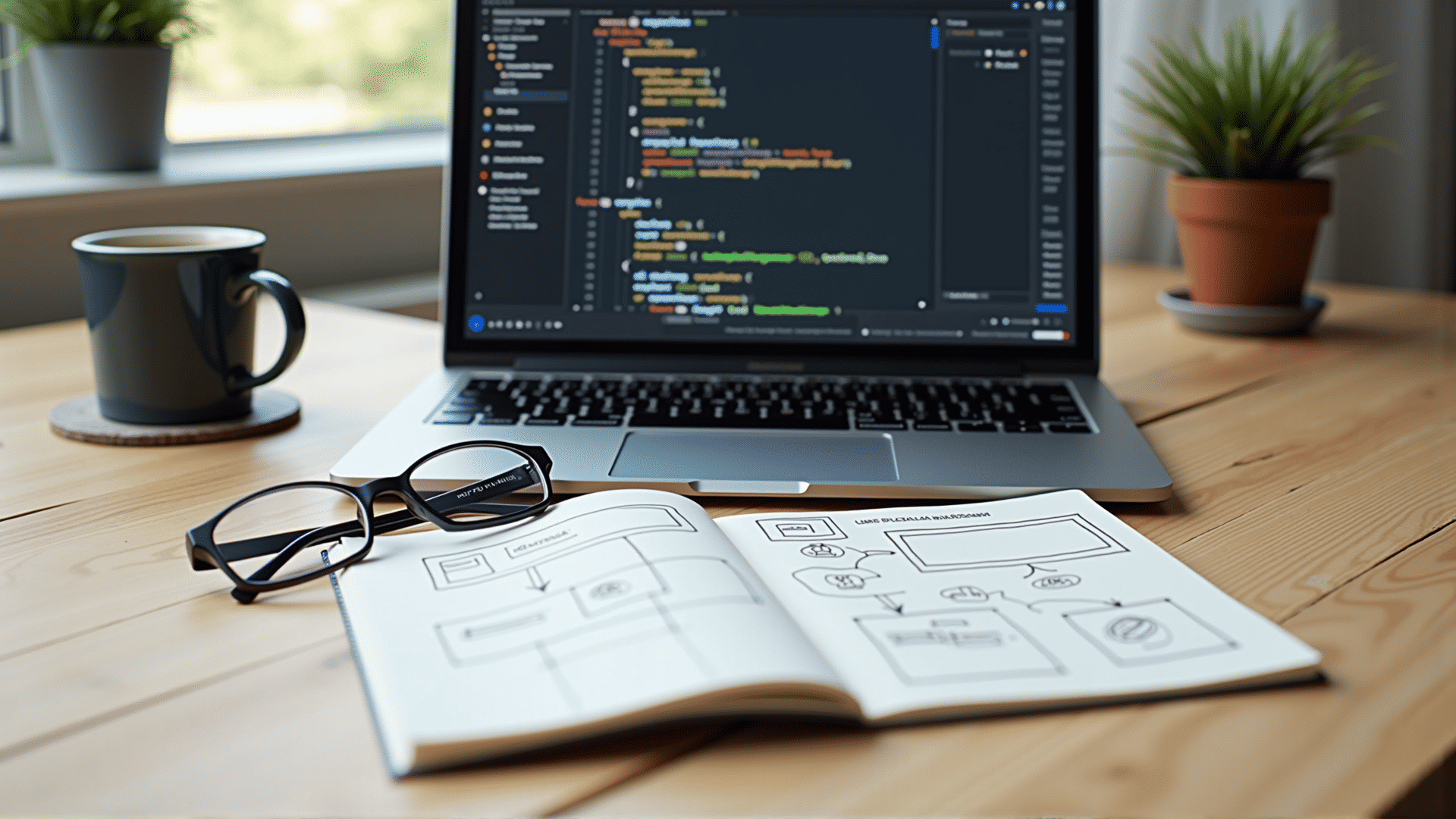Creating your first application can be both an exciting and daunting task. This guide aims to walk you through the initial steps of developing a simple application, focusing on the fundamental aspects of user interface design and the application lifecycle. It is designed for those who are new to the world of application creation and are eager to embark on their first project.
Understanding the Application Lifecycle
Before diving into design and coding, it is crucial to understand the lifecycle of an application. An application goes through several stages: initialization, execution, and termination. These stages include launching the app, running processes, and closing it gracefully. Understanding these can help you structure your project efficiently.
-
Initialization: This stage involves setting up necessary resources by loading essential data and configuring initial settings for the application. This could involve establishing connections to databases or preparing data structures.
-
Execution: Here, the app is in action, responding to user inputs, performing tasks, and executing business logic. This stage is critical because it deals with delivering core functionalities and maintaining smooth interactions.
-
Termination: The final stage involves freeing up resources, saving necessary data, and ensuring a smooth shutdown of the app. It is crucial for preserving data integrity and enhancing user experience by closing the app neatly.
Basics of User Interface Design
Creating an intuitive and appealing interface is vital for attracting and retaining users. Here are some fundamental principles to guide you in designing the user interface of your first application:
-
Consistency: Ensure the design elements and navigation patterns are consistent throughout the application. This helps users understand how to interact with the app without a steep learning curve.
-
Simplicity: Keep the interface clean and straightforward. Avoid unnecessary elements that can overwhelm users. The goal is to facilitate ease of use and ensure users can accomplish their tasks efficiently.
-
Feedback: Provide feedback for user actions, such as animations, sounds, or notifications, to confirm that their actions are being acknowledged and processed by the application.
-
Accessibility: Design your interface with accessibility in mind. Consider color contrasts for visibility and incorporate options for users with disabilities to ensure everyone can use your application.
Building Your First Interface
Start by sketching a basic design layout on paper or using a digital tool. Focus on essential screens, such as the home screen, navigation menu, and any other critical sections that fit the purpose of your application.
Step-by-Step Process:
-
Define Core Features: List the main features of your app and prioritize them based on importance and functionality.
-
Create Wireframes: Develop simple wireframes to outline the structure and layout of different screens. This helps in visualizing the overall flow.
-
Choose a Design Tool: Tools like Figma or Adobe XD can be useful for creating more polished designs. Utilize these to refine your wireframes into detailed mockups.
-
Implement the Design: Start coding the design using a suitable framework or language of your choice. Begin with the fundamental elements, making sure to integrate navigation and interactive components.
Bringing It All Together
Once you have implemented the user interface and established the lifecycle management, it's time to test your application. Testing is crucial to identify and resolve any bugs, validate functionality, and enhance the user experience.
Consider gathering feedback from potential users to make informed improvements. Remember, the process of creating an app is iterative. As you gain more experience, you can refine your app further, incorporating new features and optimizing performance.
Embarking on your first app creation journey is a wonderful learning experience. By understanding the lifecycle, designing an intuitive interface, and embracing feedback, you are on your way to developing effective and appealing applications that could meet users' needs. Happy building!
